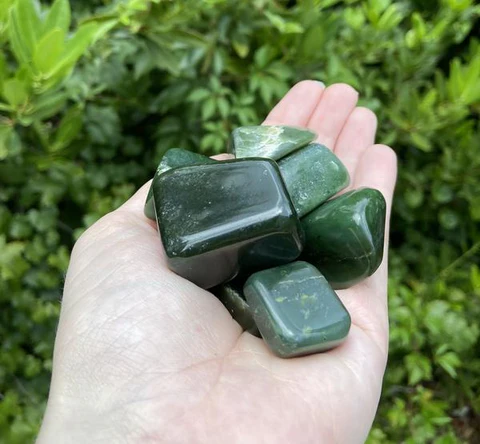The Meaning of Color in Chinese Culture: From Red to Jade Green

Color in Chinese culture has always carried significance far beyond visual aesthetics. It is a language of symbols, emotions, and traditions — one that reflects the nation’s philosophy, history, and worldview. For those who learn Mandarin online or study with an online Chinese teacher, understanding how colors are used in the Chinese context offers valuable insight into the cultural logic embedded in the language itself. Words for color in Chinese often evoke more than hue; they embody emotion, hierarchy, and cosmic balance, serving as a bridge between art, ritual, and daily life.
Among all colors, red (红 hóng) reigns supreme in Chinese culture. Its association with joy, prosperity, and luck dates back to ancient times when red pigments were used in sacrificial ceremonies and festive clothing. Today, red remains the color of celebration — from 春节 (Chūnjié, Spring Festival) decorations to wedding attire and 红包 (hóngbāo, red envelopes) filled with money. Red’s symbolism is deeply tied to vitality and the life force, echoing the element of fire in the traditional 五行 (wǔxíng) theory, where each color corresponds to one of the five elements. To a Chinese speaker, the phrase “开门红” (kāi mén hóng) — literally “a red opening” — signifies a successful beginning, showing how deeply color shapes metaphorical thought.
In contrast, white (白 bái) carries dual meanings. In Western contexts, white is linked to purity and weddings; in China, it traditionally symbolizes mourning and death. White garments are worn at funerals and memorials, reflecting a reverence for simplicity and the natural cycle of life and death. However, white has also acquired modern connotations of elegance and minimalism, illustrating how cultural symbols evolve alongside society.
Green (绿 lǜ) and jade (玉 yù) occupy a special space in Chinese aesthetics. Jade, often greenish in color, is considered a symbol of moral integrity and refinement, famously described by Confucius as embodying the virtues of benevolence, righteousness, and wisdom. The phrase “温润如玉” (wēn rùn rú yù) — “gentle and smooth like jade” — praises a person of calm temperament and good character. Meanwhile, green also represents growth, youth, and balance with nature, especially in contemporary contexts emphasizing environmental awareness.
Yellow (黄 huáng) was once reserved for emperors, representing power, centrality, and the earth element. Imperial robes, palaces, and altars prominently featured yellow, reinforcing its sacred status. Today, yellow retains associations with prestige and cultural heritage, particularly in art and architecture. Similarly, black (黑 hēi), once viewed as ominous, has been reinterpreted in modern design as a color of strength and sophistication, showing the ongoing transformation of traditional symbols in an urbanized China.
Understanding the meaning of color deepens one’s appreciation not only for the visual world of China but also for the cultural thinking that underlies daily life. At GoEast Mandarin, students learning Mandarin in Shanghai or online often explore such cultural dimensions alongside linguistic practice. Teachers integrate discussions of color idioms — like “红火” (hónghuǒ, thriving) or “青出于蓝” (qīng chū yú lán, the student surpasses the master), to reveal how language and aesthetics intertwine. This contextual learning encourages cultural fluency as well as linguistic accuracy.
Colors in Chinese culture are more than sensory experiences; they are carriers of history and philosophy. Each hue reflects how Chinese people have long sought to balance emotion, morality, and nature in their worldview. To learn the language is, in a way, to learn to see the world through these colors — vivid, symbolic, and ever alive with meaning.




